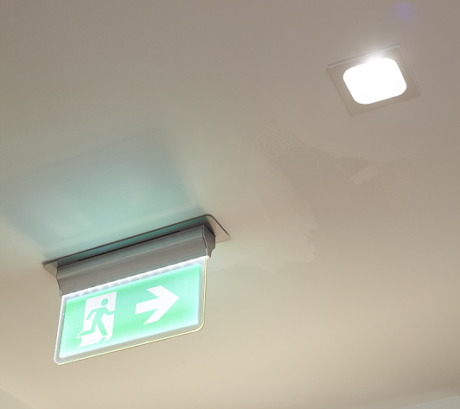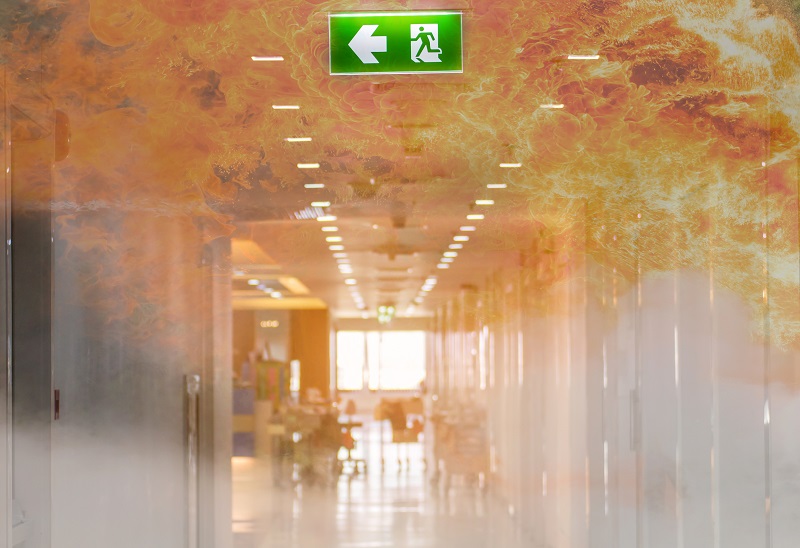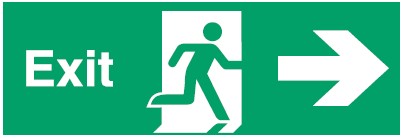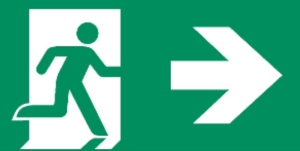
We are a leading manufacturer of quality internal and external lighting products for commercial, industrial and retail applications.
View all productsAt Ansell Lighting we design and manufacture an extensive range of luminaires for a diverse number of sectors and applications. Whatever the shape, purpose or style of your space, we have a lighting solution.
View all sectors & applicationsWe are a leading manufacturer of quality internal and external lighting products for commercial, industrial and retail applications.
Welcome to Ansell lightingWe are here to answer any questions you may have, help you find a stockist or speak to a local member of our team.
OCTO delivers the complete smart lighting package to transform the efficiency and ambience of commercial and residential spaces.
Find information regarding our product warranty, product data downloads and FAQs regarding lighting and technical terms. Here you will find support with training CPDs as well as useful lighting design and LED strip calculators.
Emergency lighting signage

The design and installation of emergency lighting and exit signage needs to be provided within many types of buildings, as this allows for employees and visitors to safely evacuate the building to a place of safety in the case of an emergency. The signage should be designed and so installed in order that there is no ambiguity as to the direction required to safely escape from the building and so as to achieve a compliant solution, there are a number of documents which outline the requirements for signage.

‘BS 5499-4:2013 – Safety signs – Part 4: Code of practice for escape route signing’ provides general information stating that an escape route signing system should ensure that from any place within a building, where direct sight of the final exit is not possible, directional signs are to be provided so that any person has the ability to easily progress safely towards the final exit. In addition, the installation of signage should be clear providing unambiguous directions so that they can minimise the risk of confusion to all employees and visitors attempting to gain escape from any place within the building in order to reach a place of safety.
Within ‘BS 5266-1:2016 – Emergency lighting – Part 1: Code of practice for the emergency lighting of premises’, Section 5.2.9 on Safety signs, sub-section 5.2.9.1 on Escape route signs, paragraph 5.2.9.1.1 under General, states that: ‘Escape route signs should be located and operated in accordance with BS 5499-4:2013. The signs designated as E001 and E002 in BS EN ISO 7010:2012+A5:2015 should be used, with the appropriate directional arrow in accordance with BS 5499-4:2013, Table 1’.
The aforementioned ‘BS EN ISO 7010:2012+A5:2015 – Graphical symbols — Safety colours and safety signs – Registered safety signs (ISO 7010:2011)’, states within Section 4 relating to the referents and categorization of safety signs and where safety signs are categorized according to their function. The designation of ‘E’ is the category for signs indicating an evacuation route, the location of safety equipment or a safety facility, or a safety action (safe condition signs).
Within Table 2, on the summary of all signs:
Safety Sign = Reference number – E001 / Referent – Emergency exit (left hand)
Safety Sign = Reference number – E002 / Referent – Emergency exit (right hand)
Within Table 3, there is a ‘Description and application of referent for signs indicating an evacuation route, the location of safety equipment or a safety facility, or a safety action (safe condition signs) (category E)’
|
|
ISO 7010-E001
Emergency exit (left hand) To indicate an escape route to a place of safety. Human figure moving (to the left) through doorway |
|
ISO 7010-E002
Emergency exit (right hand) To indicate an escape route to a place of safety. Human figure moving (to the right) through doorway |
Referring to ‘BS 5499-4:2013 – Safety signs – Part 4: Code of practice for escape route signing’ where ‘Table 1’ provides detail on escape route signs and the meaning and use of BS EN ISO 7010:2012 regarding E001 or E002 signs with directional arrow.

Having provided the details taken from the various standards, the conclusion of this content is that the sign location and operation, as well as the meaning of the appropriate arrows is as defined within BS 5499-4:2013, whereas, the sign format is as defined within BS EN ISO 7010:2012+A5:2015 and this document makes no mention of text as any inclusion is intended to be supplementary, which means that the use of text is considered as being optional.
In reading the content, I am confident that the reader will have seen from the information that both BS5266-1:2016 and BS5499-4:2013, whilst labelled as British Standards, are defined within their title name as being a ‘Code of practice’, which means in principle, they are not standards. As such, these two documents tend to include the word ‘should’ rather than ‘shall’, and these two words each have very different and specific definitions within the world of standards, as discussed below in the documents from CEN/CENELEC and ISO.
The CEN/CENELEC Internal Regulations Part 3:2019 (E) on the ‘Principles and rules for the structure and drafting of CEN and CENELEC documents’ sets out the rules for the structure, drafting and presentation of the European Standards (EN) and for the implementation of EU Standards at national level, in order to ensure that the technical content and presentation are identical in all member countries and as BSI currently retains membership of CEN/CENELEC, these are applicable to the UK. The ISO/IEC Directives, Part 2 (Ninth Edition) 2021 on the ‘Principles and rules for the structure and drafting of ISO and IEC documents’ sets out the general principles by which ISO and IEC documents are drafted and stipulates certain rules to be applied to ensure that they are clear, precise and unambiguous.
Within both, the CEN/CENELEC Internal Regulation and ISO/IEC Directive, information contained within Table 3 states that the referred verbal form of ‘shall’, has equivalent phrases or expression meaning of ‘is to / is required to / it is required that / has to / only … is permitted / it is necessary’ whereas the information contained within Table 4, the referred verbal form of ‘should’, has equivalent phrases or expressions meaning of ‘it is recommended that / ought to’.
For the term ‘shall’, contained within Table 3, the explanation contained within both the CEN/CENELEC Regulation and ISO/IEC Directive under the requirement, states that the ‘expression in the content of a document that conveys objectively verifiable criteria to be fulfilled and from which no deviation is permitted in conformance with the document is to be claimed’, whereas for the term ‘should’, contained within Table 4 the explanation contained under the permission states ‘that conveys consent or liberty (or opportunity) to do something’.
Interpreting this content, the inclusion of the word ‘shall’ within the document indicates a requirement without deviation, whereas the inclusion of the word ‘should’ within the document indicates a recommendation.
Within the emergency lighting standard of BS EN 1838:2013, Lighting Application – Emergency Lighting, Clause 5.3, for the requirements of safety signs, it states that ‘Safety signs shall be in accordance with ISO 3864-1, ISO 3864-4 (photometric) and EN ISO 7010 (design)’. The concluding note states that ‘The meanings of escape route direction signs and emergency exit signs with a supplementary direction arrow, used with and without a supplementary text sign, are given in EN ISO 7010’. In the original text within Clause 5.3 of BS EN 1838:2013, the content, this time states ‘shall’ as this is a standard and there is a legislative requirement to have both the running man pictogram and the arrow displayed on an exit sign, whereas everything else is considered as being optional.

One final note is that the document BS EN ISO 7010 as mentioned in this editorial has now been superseded by BS EN ISO 7010:2020, however this change is not reflected within the content of BS5266-1:2016.
You Might Also Be Interested In...



